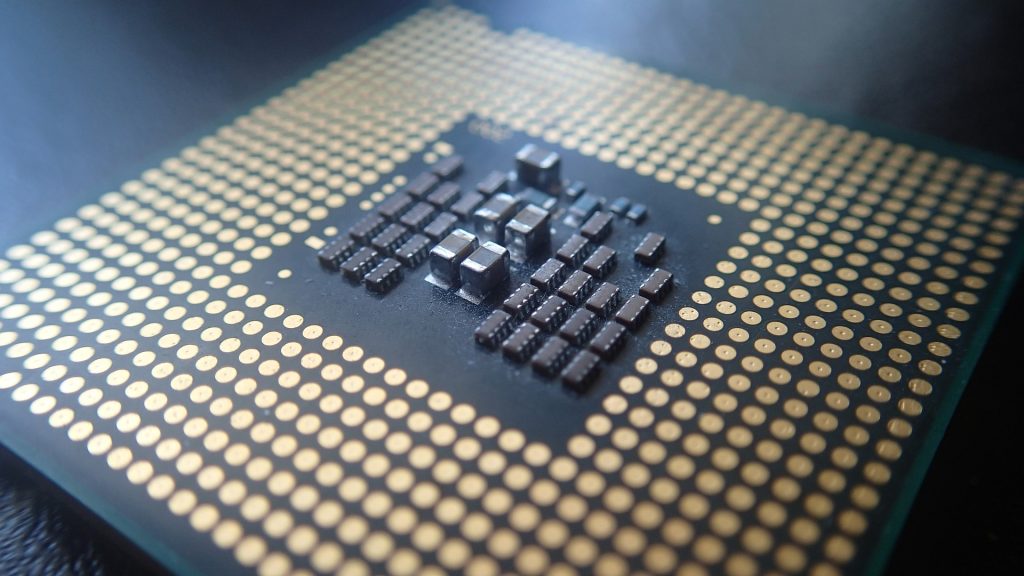One-third of the microprocessor market share is now captured by AMD. The data from the fourth quarter shows that in the three-front battle between AMD, Intel, and ARM, it is AMD seems to be in a better position. Data from the quarter shows that the sales of processors have slowed for ARM, while AMD – as announced earlier – did become successful in capturing one-third of the market share.
The x86 processor market has always been dominated by Intel. This domination is now in threat. Although Intel still remains at the top of the food chain quite comfortably, the market share of the company has been increasing steadily.
AMD’s Rise In Market Share, Intel’s Fall
As per the report shared by Mercury Research, the American semiconductor company has achieved a 31.3% market share from 28.5% in the previous year. The situation is exactly the opposite for Intel which saw a decline in market share from 71.5% to 68.7%.
EPYC Processor – The Hero In AMD’s Success Story
The firm’s EPYC processor has been a hit among business customers. The high-performance chip is designed keeping modern-day intensive data handling in mind. Armed with hardware-based security features, the processor is specifically made for servers that require scalability and efficiency.
The company is stressing on the growth of its server segment to drive its overall success. Some analysts suggest that in the server market, the company is quite likely to cross the 50% market share by 2026. However, Intel isn’t lying still as well. The Saphire Rapids Xeon is there to compete with EPYC even though as far as the specs go, the latter is more powerful.
Slump In The Processor Market
This conflicting news has come in the wake of a worldwide slump in the processor market. What started as a slowdown in the post-Covid period snowballed into a more severe downturn thanks to supply chain disruption and geopolitical conflicts. Interestingly, the firm beat the expectations of Wall Street experts in a positive way while Intel did the same thing in a negative way.
Beyond Competition: How AMD’s Existence Helped Intel
AMD’s birth was marked by the urge to find a competitor of Intel. It was IBM that wanted to stay safe by not depending on a single chip maker. This resulted in a deal between Intel and AMD. The existence of AMD has helped Intel avoid antitrust lawsuits and Intel has always wanted to keep this status quo. In Japan, it was heavily penalized when the authorities found out that the chip maker gave concessions to PC manufacturers to protect its monopoly. Intel does not want to repeat the same thing in Europe. However, the steady rise in AMD’s market share is a thing to worry about for Intel.
